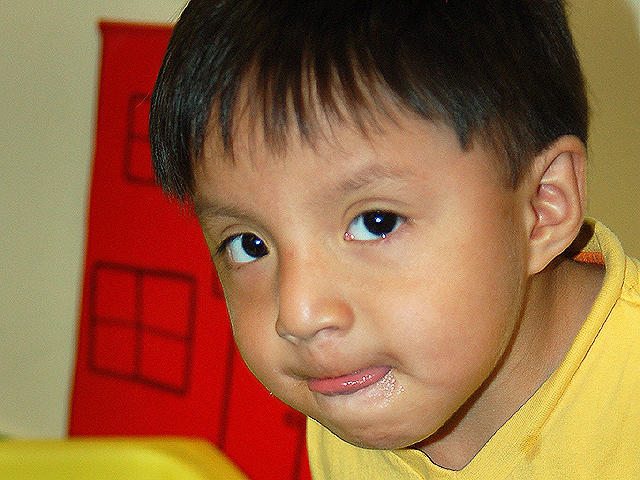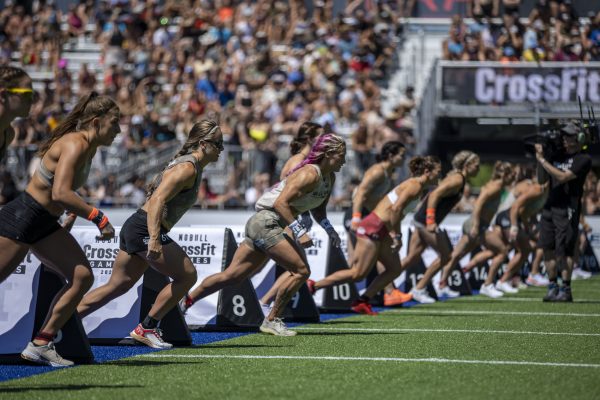For the record, there is no ‘single’ set of physical characteristics of autism. But a study published back in 2012 in the Journal of Autism and Developmental Disorders stated – that the presence of any of these ‘abnormal’ physical features, such as – an asymmetrical face, an unusually prominent forehead with tufts of hair growing in the opposite direction, or dysmorphic features are taken to be strong markers of an autistic condition.
In this post, we will look into the characteristic physical features of an autistic individual, how physiotherapy can assist and try to answer some possible questions about the same. Let’s get to the basics –
Table of Contents
What are the physical characteristics of autism?
For the unversed, autism is a spectrum disorder. This implies different autistic individuals can react to the same set of occurrences in multiple ways. There is no definite/singular format by which one can list them down. Hence, let us try to define the essential physical features that are present in almost every autistic individual –
1. Certain specific facial expressions
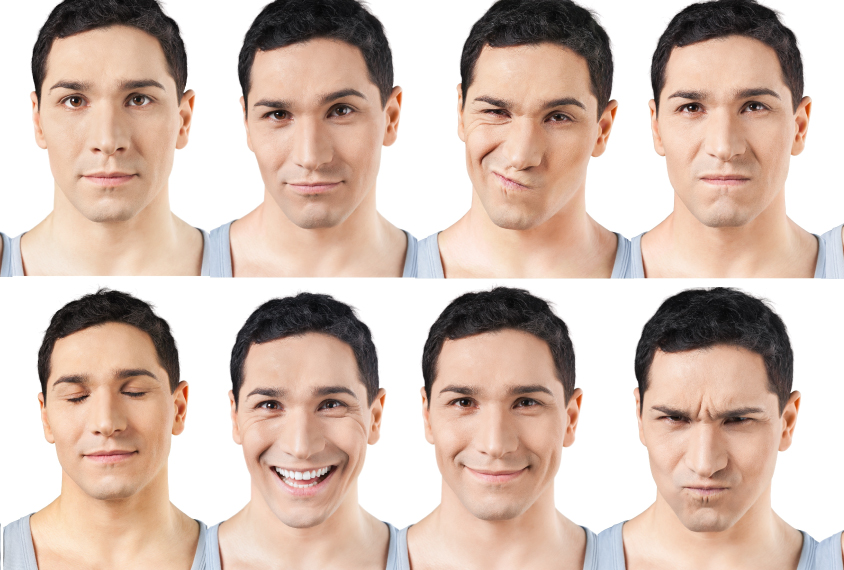
Specific facial expressions like – lack of expression, limited variability or an understated sense of emotion are some of the critical aspects of physical characteristics of autism. They cannot convey their feelings via emotions, nor can they understand the other person’s feelings. This vehemently impacts their ability to converse socially, resulting in social isolation.
2. Issues with language and speech
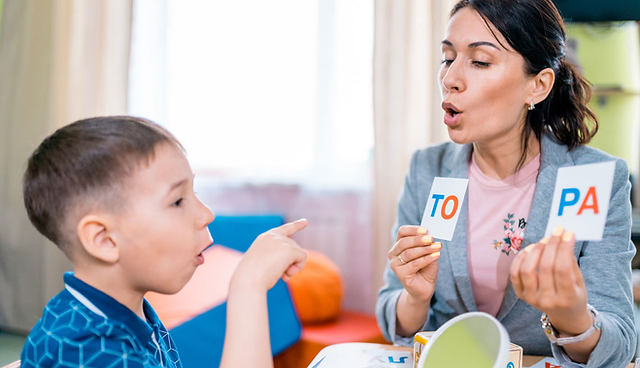
The second and definitely a widely occurring physical characteristics of autism is delayed speech and issues with that. Autistic patients have problems understanding and picking up the spoken language (let alone any new language). They also develop speech impairments like repeating phrases and not understanding figurative language or the nuances of speech (like irony or sarcasm).
3. Problems making and maintaining eye contact

Having problems in both making and managing eye contact is another of the keystone physical aspects of autism. An autistic individual has a sensory overload that prevents them from making proper eye contact. To deal with such individuals, you need to keep talking to them calmly and in an encouraging manner. Slowly, they will respond accordingly and try to make eye contact with you.
4. Poor motor coordination

It is no secret that one of the most prominent physical characteristics of autism is poor coordination of motor muscles. Whether it is the clumsiness of the individual or their lack of ability to carry out simple tasks (tying shoes, writing) – the physical disability is evident. Another noted feature is their tendency to fidget constantly. This also comes from incorrect muscle coordination and is touted to be one of the foremost features of autism.
5. A sense of fixated obsession
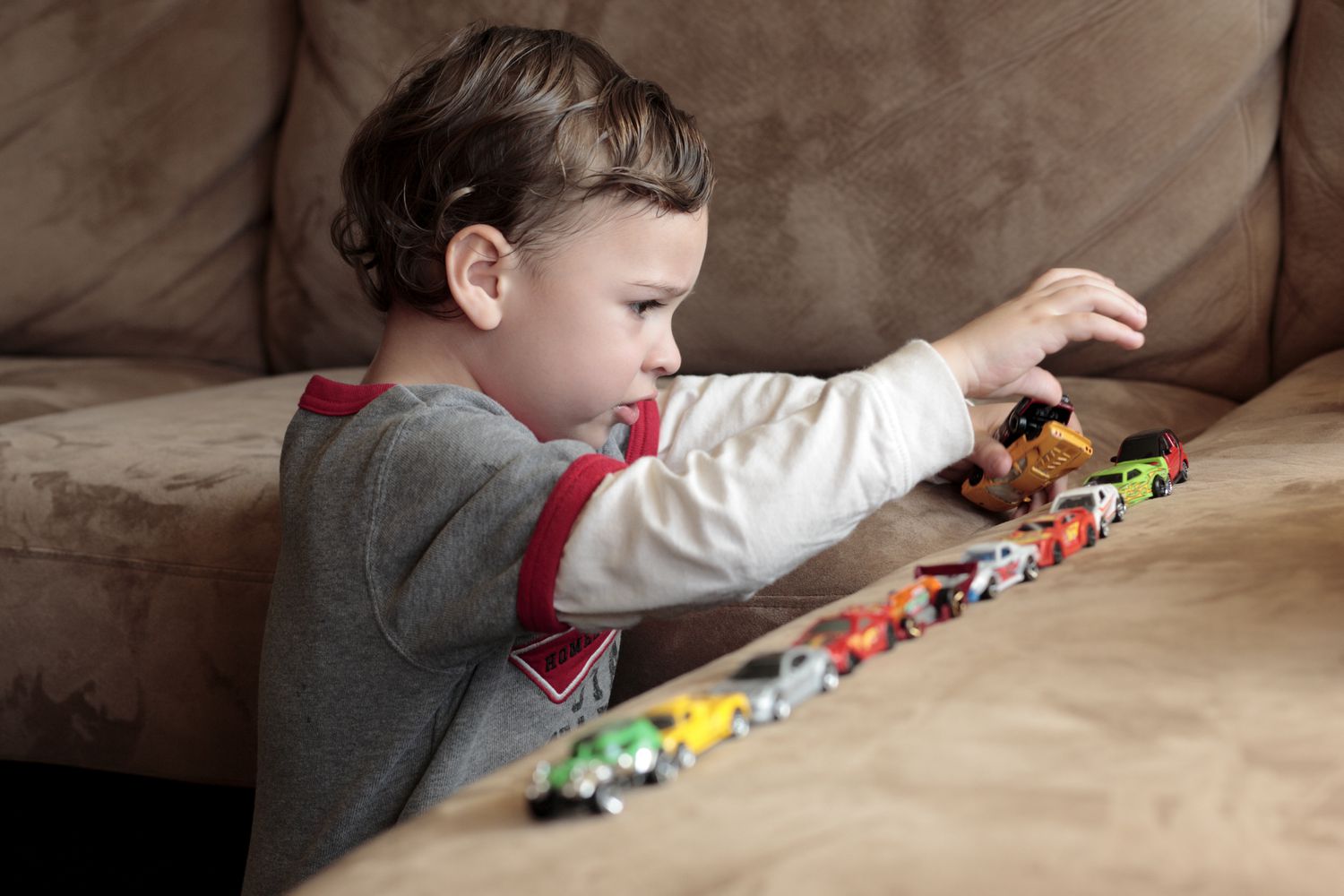
You may have seen it as one of the patterns of an autistic individual, their habit of obsessing over a fixated thing. Whether it is a particular activity or any material thing – autistic patients develop a keen obsession with that, and their behaviour is moulded according to the availability or fulfilment of that obsession.
6. Difficulties in sensory processing
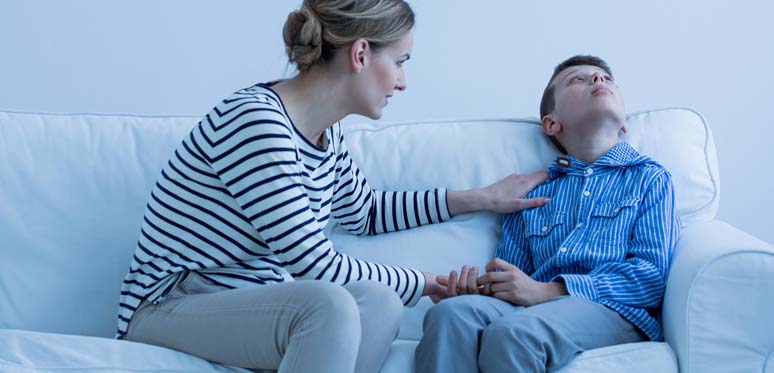
Another of the noted physical characteristics of autism is difficulties in terms of sensory processing. Simply put, they experience conditions like hyposensitivity or hypersensitivity (underacting or overreacting to certain stimuli). Either of these sensitive approaches affects their behaviour, thereby establishing a curiously unique format.
7. Repeating the same pattern of behaviours
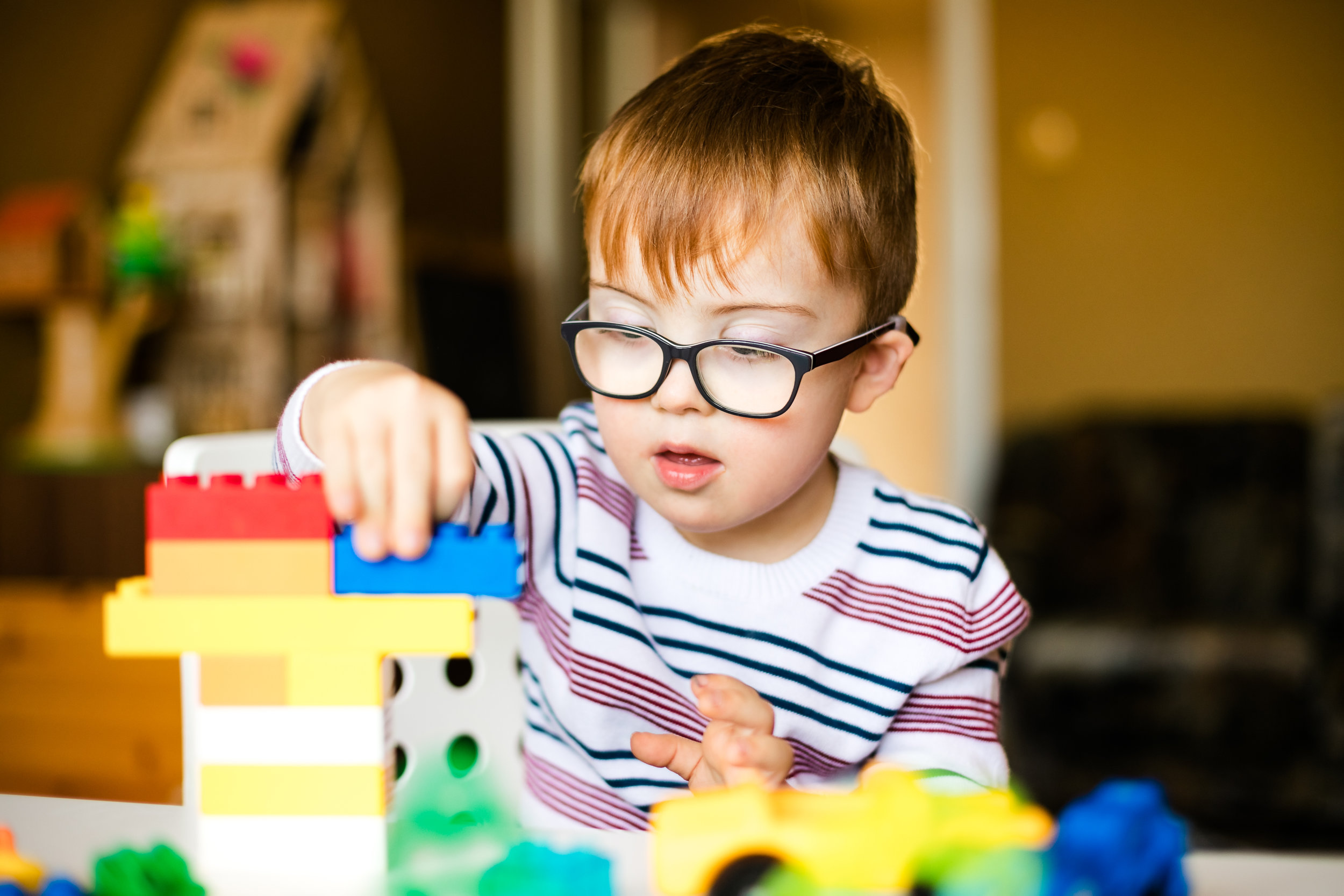
Assuming you have seen autistic patients, you may have noticed a repetitive behavioural pattern. These patterns are considered hallmarks of an autistic individual. From spinning in circular motions to repeating certain words to rocking back and forth, autistic patients pick up behaviour and follow through with it consistently.
8. Hypotonia leads to the unusual gait of the individuals
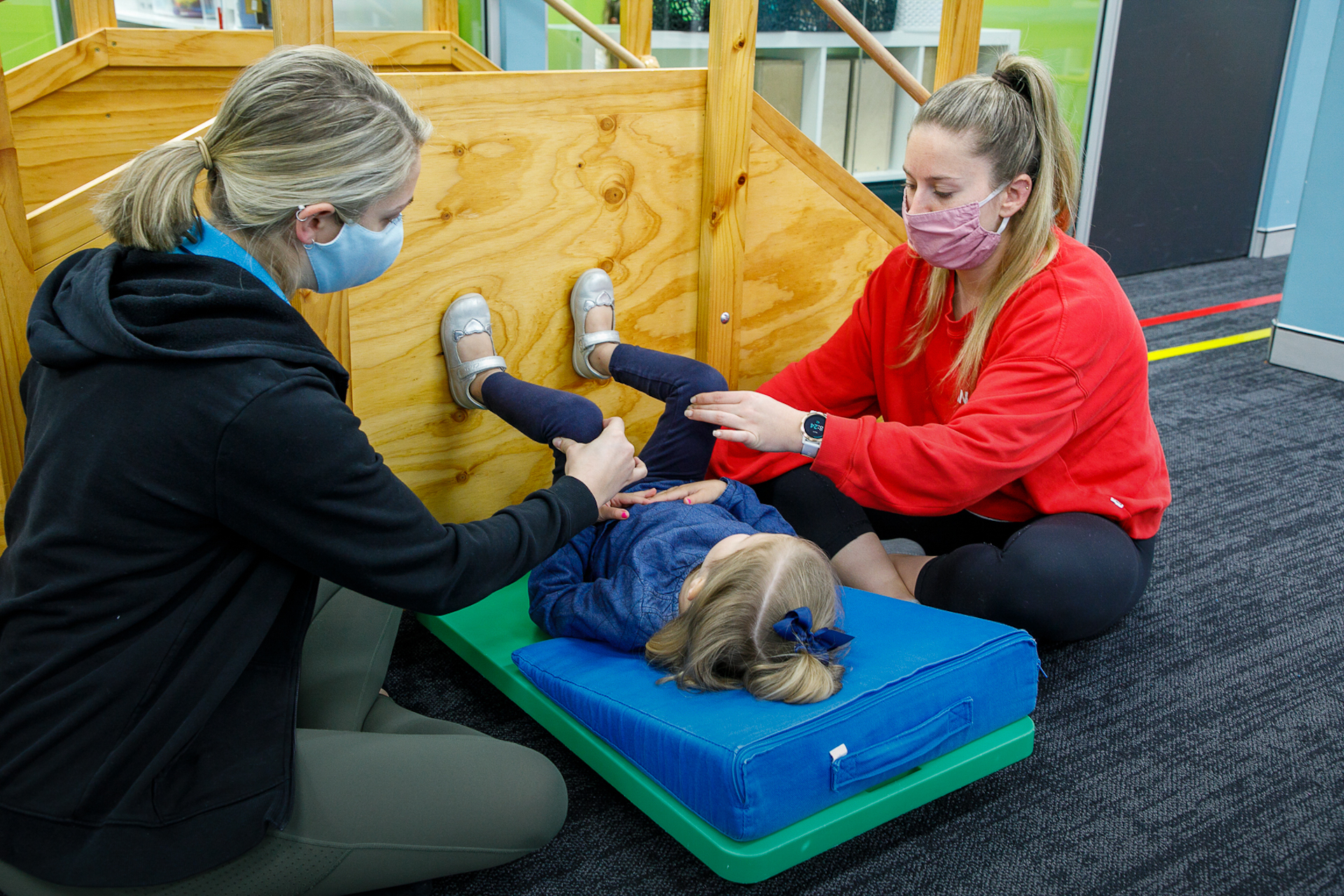
Autistic individuals have low muscle tone (referred to as hypotonia). This implies that they have a loose-limbed appearance. This floppy appearance ultimately leads to an awkward gait, which is one of the fundamental physical characteristics of autism affected individuals.
9. Lack of social awareness

A noted physical aspect of autism is – a lack of social awareness. They cannot pick up social cues or understand and blend into social set-up. This, at times, results in them behaving inappropriately at any social occasion/scenario. As a caregiver-cum-nurturer, you must be aware of this trait of an autistic patient.
10. Cognitive imbalances

The last notable physical characteristics of autism include cognitive imbalances. Since autistic individuals have a problem with any change (sudden or otherwise), they immediately face an anxiety or panic attack. This notably affects their sense of abstract reasoning, making them react unnaturally. In more than a single case, this has been seen as a marked feature of an autistic individual.
These are some of the key physical features of an autistic individual that you must keep track of.
Why must you recognize these physical features?
You have read and taken note of the physical characteristics of autism. Now, you may have a query as to – why it is so crucial to take note of these physical features. We’ll give you the reasons –
- When you (or the caregiver) recognize these physical features of the individuals, they can better comprehend the physical challenges that they face. Hence, the caregivers can provide appropriate support to the individuals.
- Also, these physical characteristics of autism can vary from person to person. This helps identify patterns, enhances sensitivity to the issue, and helps in further studies on this medical condition.
- Lastly, when you recognize the physical features of autistic individuals, making a society inclusive of them becomes easier. The caregiver/person concerned can make the environment more supportive and accommodate their requirements.
Therefore, with every passing day, more and more effort is being made to recognize, accept, and work towards accommodating the physical aspects of this disorder.
Can physiotherapy help autistic individuals?
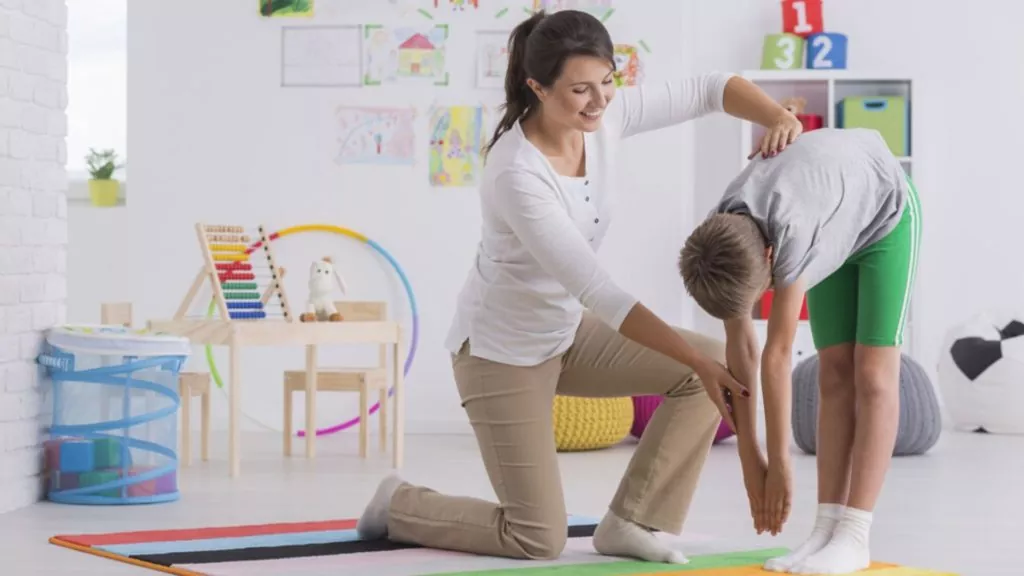
Amongst a host of treatments for this neurodevelopmental disorder, physiotherapy has supposedly shown the maximum amount of benefits. Physiotherapists have been, in more than a singular case, able to better the patient’s condition (improve their endurance limits and strengths) via the multiple exercises.
- They have been able to provide specific exercises that have increased the postural control of autistic individuals.
- Additionally, they have assisted in building back the muscular strength as well as coordination levels of autistic individuals.
- Multiple studies have shown that with consistent physiotherapy, the prominent physical characteristics of autism have eased comparatively. Physiotherapists have been able to build back muscular strength, facilitate coordination, and improve motor control of their body.
- Lastly, physiotherapists have been able to set realistic physical goals for better recovery of the patients.
Thus, on the whole, physiotherapy is an approved medical technique to assist autistic patients to live a better life.
Conclusive thoughts
Autism Spectrum Disorder, as you know, is a neurodevelopmental disorder that affects the behavioural patterns, speech, and social interaction capacities of an individual. Therefore, it is crucial to distinguish those physical characteristics of autism and work on them to ease the individual’s daily life activities. Hopefully, after reading this post, you will get clarity on those physical features and provide better care to people around you. In case you have further queries, we have listed the answers to those as well. If you liked this post and want more exciting posts like this to show up on your feed, keep watching this space for more!
FAQ
1. Is genetics involved in determining autism issues?
Though further research is being carried out in this domain, there has been a confirmed report that – people with a genetic history of autism have a 90% chance of passing it on to the next generation. Both inherited genetic mutation and spontaneous mutation are associated with it.
2. How is Asperger’s syndrome characteristics different from features of autism?
A section of researchers agree that people with Asperger’s syndrome have fewer motor disabilities than those with autism. However, when talking in a larger context, the two medical issues are now considered under a single umbrella.
3. Do autistic individuals have an issue in recognizing every type of facial expression?
According to the latest research, autistic individuals can differentiate between massive changes in emotion (say, a grin, anger, frustration). But they cannot differentiate subtle changes in expressions like – a smirk and a casual smile.
4. How to define an autistic indvidual’s face?
In most cases, an autistic individual’s face has a broader look with a flat mid-face region and a wide set of eyes. It is also further characterized by tufts of hair growing in the wrong direction.
Monalisa Mukherjee is a content writer, copywriter and editor with 4 years of experience. She has written for websites like Biography Talk, The Rich Net Worth, Contour Cafe, He And She Fitness and Fiction Pad. She is currently associated with a noted Digital Marketing Agency and specialises in writing press release, guest posts, articles on travel, entertainment, food recipes, celebs, lifestyle, tech, health, and fashion.

